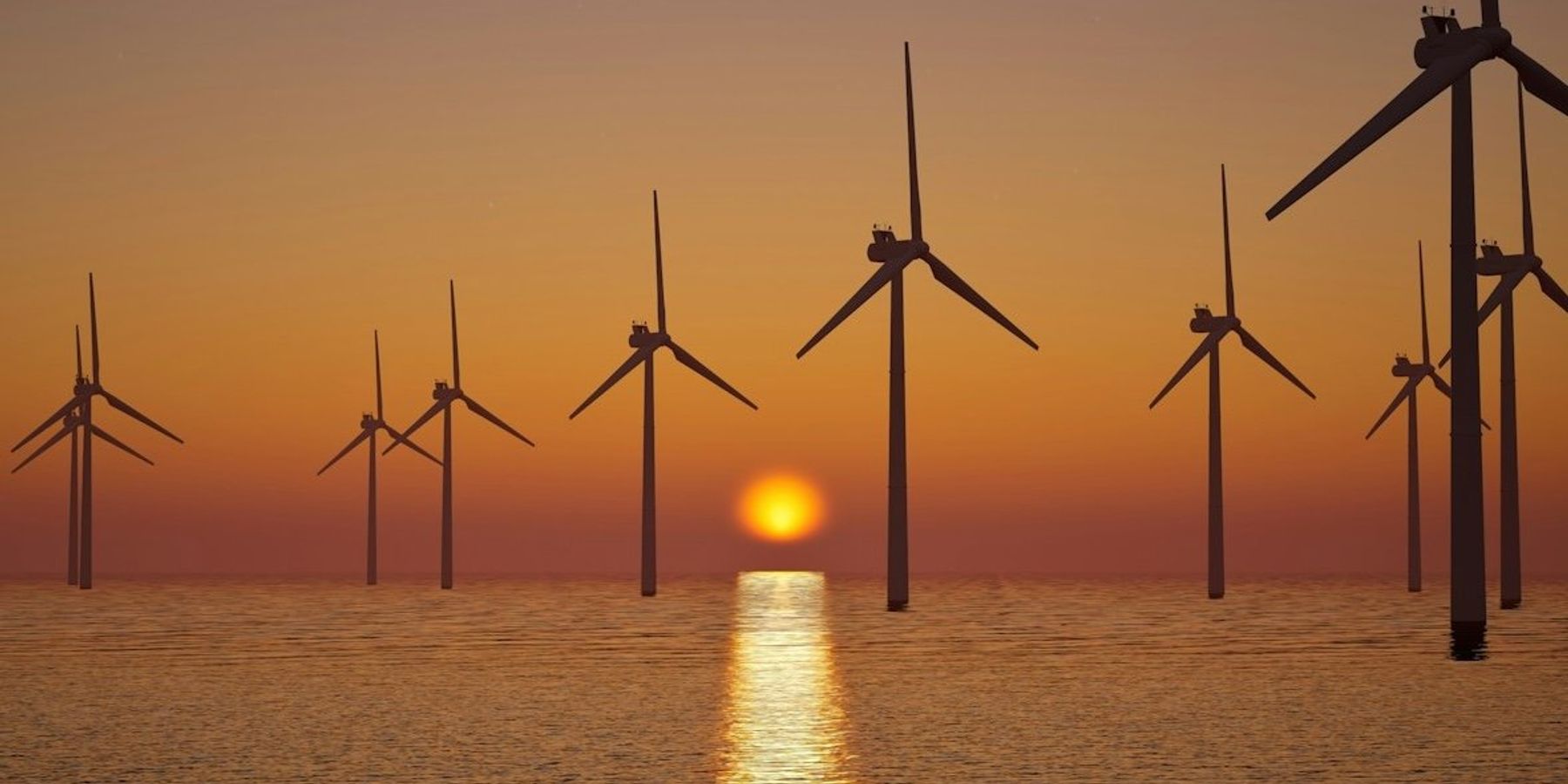Wildfires may increase radioactive contamination in rivers
Wildfires in the Chernobyl Exclusion Zone may have made radioactive contaminants more mobile, increasing their likelihood of washing into nearby rivers, researchers found.
Carolyn Wilke reports for Eos.
In short:
- The 2020 wildfires burned about a third of the Chernobyl Exclusion Zone, raising concerns about the spread of radioactive isotopes like cesium-137 and strontium-90.
- Researchers found that ash from burned areas had higher water-soluble radionuclide levels than unburned soil, suggesting contaminants became more mobile.
- Although strontium-90 levels in the Sakhan River exceeded Ukraine’s limits more frequently after the fires, scientists say the overall impact on public health is minimal.
Key quote:
“... long-lived radionuclides could remain entrapped in the branches and trunks of trees for several decades.”
— Luigi Monte, a retired researcher who worked on radioecological modeling at the Italian National Agency for New Technologies, Energy and Sustainable Economic Development
Why this matters:
Wildfires in radioactive zones can remobilize contaminants, posing potential risks to water supplies. Depending on fire intensity, wind patterns and rainfall, radioactive contaminants can be lofted into the atmosphere or settle into waterways, raising questions about long-term environmental and health effects. In Ukraine, fires in the Chernobyl region have been monitored for years, with researchers noting occasional spikes in airborne radiation. In Japan, similar concerns have emerged around Fukushima, where vast stretches of land were contaminated by fallout from the 2011 nuclear disaster.
Related:













